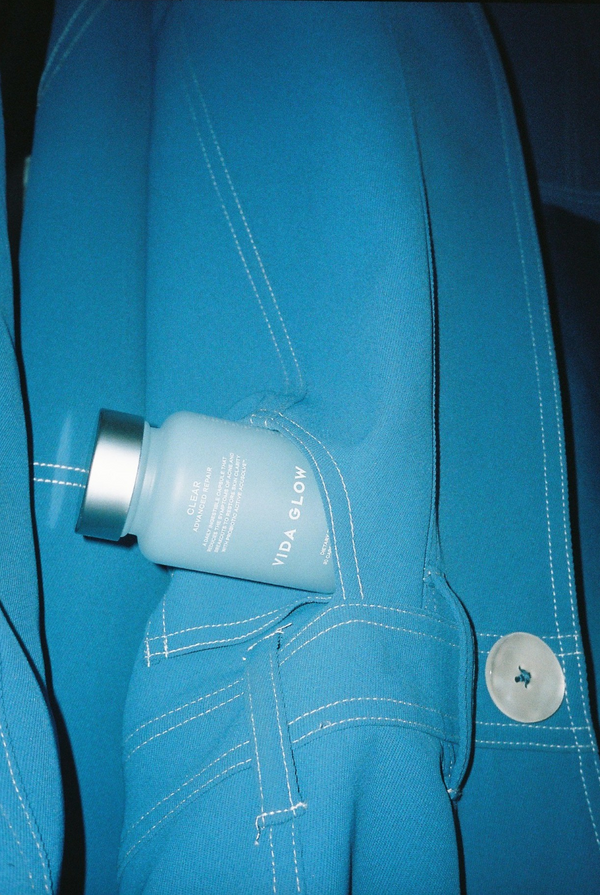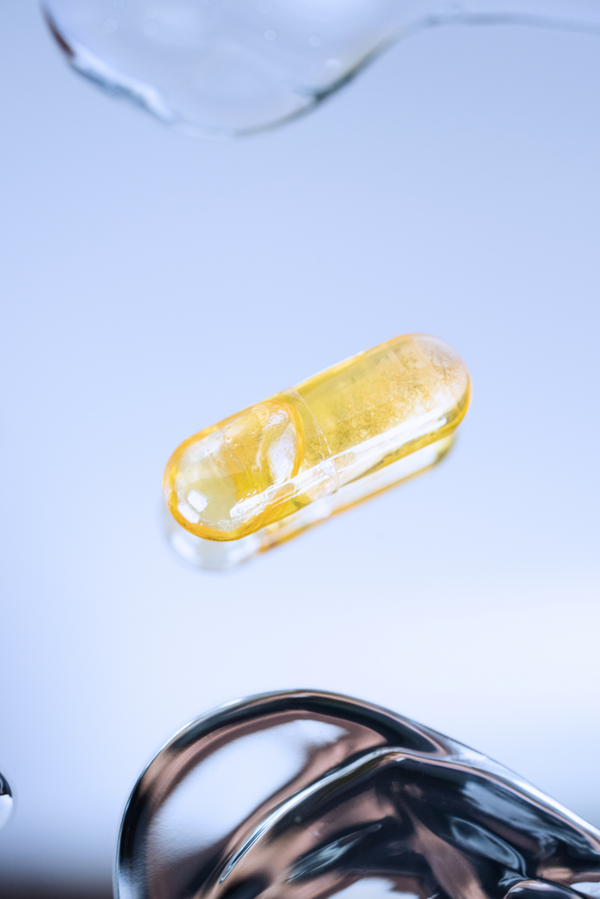Pregnancy and post-partum acne

Pregnancy and post-partum acne
Learn about pregnancy pimples, its causes, treatment options, and preventative measures. Also understand how post-partum acne plays a part during this journey.
Pregnancy is a transformative time for a woman's body, and whilst it is an exciting chapter, it can also bring unexpected changes, including the development of acne. Here’s some insights into the causes of pregnancy acne, safe treatment options, and tips for prevention.
Understanding pregnancy acne
During pregnancy, the body undergoes significant hormonal and physiological changes to support the growth of the foetus. In some women, this can lead to the development of acne during pregnancy and in the post-partum period. Unfortunately, research on prevalence is limited, however, some studies show that up to 43% of women experience acne when pregnant (1). Typically, postpartum acne is inflammatory in nature and most likely to appear on the face, but can occur anywhere including the back, trunk and shoulders (1). Most women experience mild-moderate acne that tends to be at its worst during the third trimester (2).
Causes of pregnancy pimples
The causes of pregnancy pimples are not well understood, however there are a few known factors that increase risk of pregnancy acne occurring. Some of these include pregnancy ≤ 25 years of age, first pregnancy, having polycystic ovarian syndrome, high BMI or having an irregular period (2). Women who have experienced acne prior are more likely to experience pregnancy acne (3).
Hormonal causes of pregnancy pimples
Hormonal fluctuations play a major role in the development of pregnancy acne. It’s thought that early in the first trimester, the surge of human chronic gonadotropin (HCG, the ‘pregnancy hormone’) stimulates androgen production which can cause pregnancy pimples. Then in the second and third trimesters, high levels of the hormones progesterone and prolactin can aggravate pregnancy acne even further by increasing oil production leading to more breakouts (3).
Physiological causes of pregnancy pimples
Pregnancy impacts virtually all systems of the body. In addition to hormonal shifts, physiological changes during pregnancy also contribute to acne. While stress doesn’t directly cause acne, it can certainly worsen it. Chronic stress leads to the overproduction of a hormone called cortisol, which triggers the overproduction of oil from sebaceous glands resulting in blocked pores and increased breakouts.


Pregnancy acne treatments
Managing pregnancy acne requires a careful approach to ensure the safety of both the mother and the developing baby. Many of the most common acne treatments are contraindicated during pregnancy (1). Topical treatments containing ingredients such as azelaic acid, benzoyl peroxide, glycolic acid and lactic acid have shown efficacy in controlling acne without harmful effects (1). Some clinical treatments like LED and laser therapies are considered generally safe during pregnancy, however, research is limited. It’s important to check in with your doctor or dermatologist before starting any new treatment during pregnancy to ensure it is right for you.
Preventing acne during pregnancy
Due to the hormonal nature of pregnancy acne, preventing acne it can be challenging. However, there are some tips that can help to minimise breakouts and keep symptoms at bay.
- Avoid the use of oily products including cosmetics.
- Cleanse the skin with gentle water-based cleansers.
- Peels and enzyme treatments.
- LED treatments.
- Regularly change bedding.
- Keep blood sugar under control by avoiding refined sugars and processed foods.
- Zinc is safe to take during pregnancy and can help reduce the occurrence of breakouts.
- Fish oil (omega-3s) can help to reduce skin inflammation associated with acne and is safe to take during pregnancy.
Postpartum acne
Unfortunately, for some women, acne continues after childbirth. As hormones like progesterone slowly start to decline, many women find their postpartum acne will begin to clear. Breastfeeding can keep hormone levels elevated, so hormonal acne may take a little longer to clear.
During the postpartum period, more treatment options are available to help manage postpartum acne including tretinoin which is a first line acne treatment. The same topical therapies listed above are also helpful.
Vida Glow’s Clear has been formulated to target symptoms of acne including pimples, blackheads, excess oil and skin inflammation, for smoother, clearer skin. With probiotic active, AcuSolve™ and an efficacious dose of omega-rich oils, vitamins and minerals, Clear reduces symptoms of acne by 50% in 12 weeks. Clear is not suitable during pregnancy but can be taken during lactation.
While acne and breakouts during pregnancy and postpartum is normal, there are some things you can do to reduce the severity of your breakouts. By addressing the hormonal and physiological causes, exploring safe preventative and treatment options with your healthcare professional, you can navigate this aspect of pregnancy with confidence.

